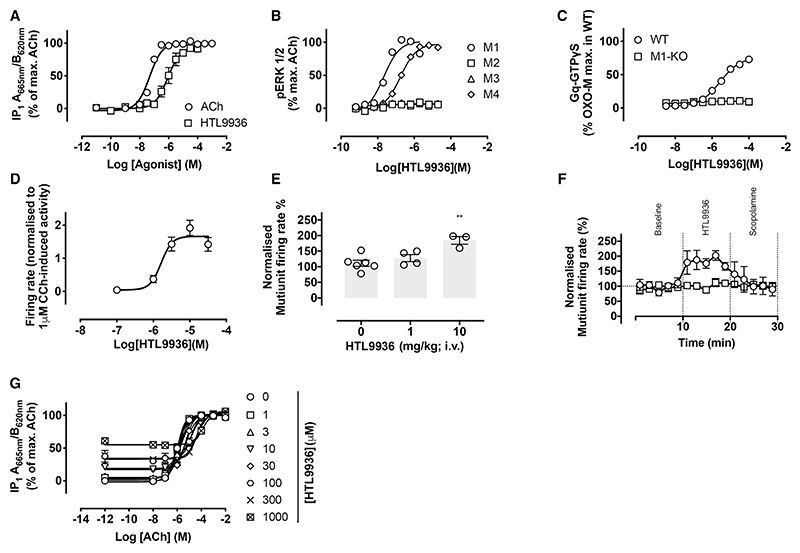Figure 4. In vitro pharmacological characterization of HTL9936.
(A) Inositol phosphate accumulation elicited by ACh or HTL9936 via the human M1-receptor expressed in CHO Flp-In cells. Data are expressed as means ± SEM of 3−4 independent experiments performed in duplicate.
(B) ERK1/2 phosphorylation elicited by HTL9936 at the M1-, M2-, M3-, or M4-receptors expressed in CHO cells. Data are expressed as a percentage of the maximum response stimulated by ACh and are means ± SEM of 2-13 experiments performed in duplicate.
(C) Stimulation of [35S]-GTPyS binding to cortical membranes prepared from wild-type (WT) or M1-knockout mice (M1-KO). Data shown are means ± SEM of 3 experiments (pEC50 = 5.6 ± 0.1 at the WT).
(D) HTL9936 dose-dependently increases CA1 neurons spontaneous firing. Data are expressed as mean firing rates (normalized to carbachol effect) over the 10 last min of each compound exposure period ± SEM.
(E) Summary statistics of firing rate of CA1 neurons recorded in vivo in isoflurane anaesthetised rats compared to vehicle-treated animals calculated as the 5 min average after vehicle, 1 mg/kg or 10 mg/kg HTL9936 treatment.
(F) 10 mg/kg i.v. administered HTL9936 (open circles) produced a significant increase in the in vivo firing rate of CA1 neurons compared to vehicle treated animals (squares). The muscarinic antagonist scopolamine (dose 1 mg/kg) administered i.v. after 10 min reversed the increase in firing back to baseline activity but had no effect on vehicle-treated animals. Data shown are mean of 3 rats expressed as percent of pre-drug baseline.
(G) HTL9936 antagonism of ACh-stimulated inositol phosphate accumulation in CHO Flp-In cells expressing the human M1-receptor. Cells were incubated with 3 μM phenoxybenzamine prior to addition of HTL9936 at escalating concentrations. Data are means ± SEM of 3−4 independent experiments performed in duplicate.
See also Figures S4 and S5.

